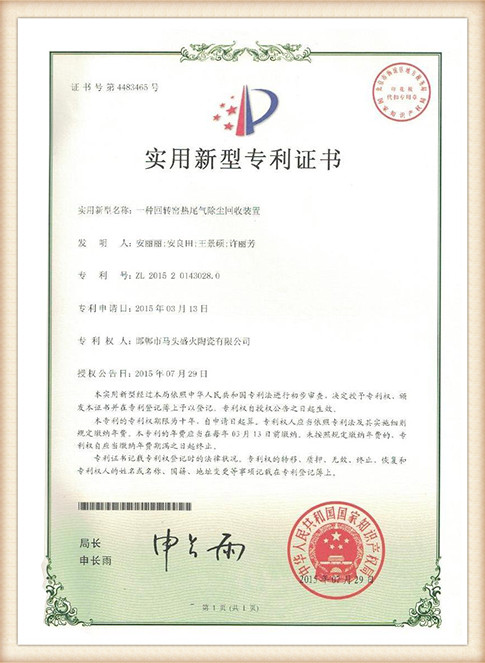Coated Sand Casting A Modern Approach to Foundry Production
Coated sand casting is a sophisticated and adaptable method in the field of foundry production that has gained popularity for its ability to produce high-quality metal components with intricate geometries. This technique merges traditional sand casting principles with modern innovations, particularly the use of coatings applied to sand particles. This article delves into the fundamentals of coated sand casting, its advantages, and its applications in various industries.
Understanding Coated Sand Casting
At its core, coated sand casting is similar to conventional sand casting but with an essential twist. In traditional sand casting, a mixture of sand, clay, and water is used to create a mold into which molten metal is poured. The challenge with traditional methods lies in achieving the desired surface finish and dimensional accuracy, particularly for complex shapes.
Coated sand improves these traditional processes. In this method, a resin-coated sand mixture is utilized to enhance mold strength and surface finish. The sand grains are treated with a thermosetting resin, which allows them to bind together more effectively when heated. This results in improved mechanical properties of the molds, leading to better mold integrity and reduced porosity in castings.
Advantages of Coated Sand Casting
1. Enhanced Surface Finish One of the primary benefits of using coated sand is the improved surface finish of the final product. The resin coating results in a smoother surface, reducing the need for extensive machining and finishing operations, thereby saving time and costs.
2. Dimensional Accuracy Coated sand molds exhibit excellent dimensional stability. This characteristic is particularly beneficial when producing intricate components that require tight tolerances. The reduction in thermal expansion during the casting process ensures that the final dimensions closely match the intended design.
coated sand casting

3. Reduced Sand Consumption Traditional sand casting methods often require extensive sand usage due to the sand's reusability limitations. Coated sand systems allow foundries to use less sand while achieving superior performance. The resin-coated sand can be reused multiple times, making it a more sustainable option.
4. Strength and Durability The application of resin creates a mold with better mechanical properties. Coated sand molds exhibit enhanced strength, enabling them to withstand the pressures exerted by molten metal without failing.
5. Versatility Coated sand casting is applicable in various industries, including automotive, aerospace, and machinery. Its ability to accommodate complex geometries makes it an ideal choice for manufacturers looking to produce specialized components.
Applications
Coated sand casting finds extensive applications across different sectors due to its robust characteristics and the high quality of output. The automotive industry, for instance, utilizes this method for producing engine blocks, transmission cases, and other intricate components that demand precision and durability. The aerospace industry benefits from coated sand casting by producing lightweight yet strong components that must adhere to stringent safety and reliability standards.
In addition, the energy sector, particularly for gas and wind turbines, utilizes coated sand casting for components that need to withstand extreme operating conditions. The versatility of this technique also extends to artistic applications, where sculptures and decorative pieces can be produced with detailed and intricate designs.
Conclusion
Coated sand casting is a modern advancement in the field of foundry production that addresses many challenges faced by traditional sand casting methods. Its ability to produce high-quality, intricate metal components with enhanced surface finishes and dimensional accuracy positions it as a preferred choice for manufacturers across industries. The reduction in sand consumption and improved sustainability aspects further underline the viability of coated sand casting as a forward-thinking solution in an increasingly environmentally conscious world. As technology continues to evolve, the potential for coated sand casting to enhance manufacturing processes remains significant, paving the way for innovative applications and solutions in the metal casting domain.
Post time:Lis . 19, 2024 15:51
Next:smooth 3d prints without sanding
